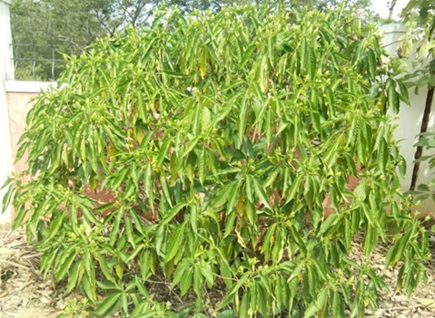Abstract
The present review mainly focuses on the morphological and pharmacological activities of the Adhatoda vasica belonging to the family Acanthaceae, which is commonly referred to as Adosa or Adsogi. It also focuses on the evidence based therapeutic uses of A.vasica in various experimental models. This plant is found in all the ecosystem in India and other parts of the world as well. Because of its greater availability and multitude of pharmacological activities, the plant is being used in the treatment of numerous diseases. Extracts of various parts of the plants such as bark, root, leaf, flower, fruit and many a times, the whole plants are used in the management of pain, inflammation, asthma, cold, cough, diabetes, bronchitis, diarrhea, dysentery and other upper respiratory diseases and it is also used to heal wounds; is utilised as an insecticide, and also used as abortifacient. In asthma and acute stages of bronchitis, the extract of vasica offers an unflagging result by decreasing the thickness of the sputum. Because of the above mentioned reasons the plant has greater importance in the various systems of medicines such as Ayurveda, Siddha, and Unani. According to the texts, the plant has greater power on asthma, abortifacient and uterotonic. Numerous trials have been conducted to prove the effects of A.vasica on asthma which led to its inclusion in WHO manual. According to the present day studies the alkaloids such as vasicinone, vasicine, and oxyvasicine which are present in A.vasica are responsible for most of the activities. But extensive studies need to be conducted to understand the constituent responsible for abortifacient and uterotonic activity.
Full text article
Authors

This work is licensed under a Creative Commons Attribution-NonCommercial-NoDerivatives 4.0 International License.

